Forms of Energy Teaching Resources
Explore forms of energy in your science classes with experiments, activities and more resources for primary teachers!
From lesson plans on electricity to worksheets about thermal energy, this collection is packed with Australian science curriculum-aligned printables and digital resources created by teachers for teachers like you. You'll save time on your lesson plans with easily editable resources, plus you'll be able to meet your students' needs with differentiated options.
Best of all? Every single resource has been carefully reviewed by the science teachers on the Teach Starter team to ensure it's ready for your classroom and your students!
Is this your first year covering the different forms of energy in your classroom? Or maybe you are just looking for fresh ideas? Read on for a primer from our teacher team, including a look at the two main types that these forms can fall into.
What Are the 2 Types of Energy?
Energy can take a variety of forms — from the mechanical energy involved in stretching a rubberband to the motion energy in a gust of wind — but every form of energy can be classified into just two main types. Before we dive into the long list of forms of energy that exist in the universe, it might help to take a look at these types:
- Potential Energy
- Kinetic Energy
Read on to learn how we explain these types to our students!
What Is Potential Energy? A Kid-Friendly Definition and Example
Potential energy is the energy that an object has because of its position or condition.
Let's say you take out a rubberband and stretch it way, way, way out with your hands. Because it is stretched out, the rubberband is full of potential energy that will help it fly farther when it is finally released!
What Is Kinetic Energy?
Kinetic energy is the energy of an object in motion. This type of energy depends on the object's mass and speed.
Let's look at that rubberband example again! It may have potential energy when it is held in a stretched-out position, but once it is released, the rubberband now has kinetic energy as it flies through the air!
What Are Forms of Energy? Examples for Kids
Now that we've covered the two types of energy, let's look at the different forms of energy that fall under each type. We've developed these explanations to help you as you work with students to gain a deeper understanding of how energy affects people and the environment around us!
4 Forms of Potential Energy
- Elastic Energy —This is the energy that can be found when an object is stretched or compressed. Elastic energy can be found in a coiled spring or a stretched rubber band.
- Nuclear Energy — Nuclear energy is a form of energy that originates from the nucleus, or the core, of an atom. This kind of energy is commonly used to generate electricity, but it requires the process of releasing it from the atom.
- Gravitational Energy — Gravitational energy is the energy an object has due to its position in a gravitational field. For example, if you hold a book high in the air, its height creates the potential for the book to fall. This is its gravitational energy and its potential energy!
- Chemical Energy — This type of energy is stored in atoms and molecules.
5 Forms of Kinetic Energy
- Mechanical Energy — Mechanical energy is the energy possessed by an object due to its motion or position.
- Electrical Energy — This is the energy produced by the flow of electric charges or electrons. The electricity that we use to power our computers and our lights is a form of electrical energy!
- Light Energy — Light energy is the energy that we see as visible light. We can get this energy from natural sources like the sun or human-made sources like the lightbulb.
- Thermal Energy — Also called heat energy, thermal energy is a form that most students have experienced in their lives. It's energy that comes from the heat of an object or system, such as the energy of the sun.
- Sound Energy — This form is the energy produced by vibrations that create sound waves. It's the type of energy involved when we speak or sing, and it's also the energy involved in all the noises produced around us.
- Plus Plan
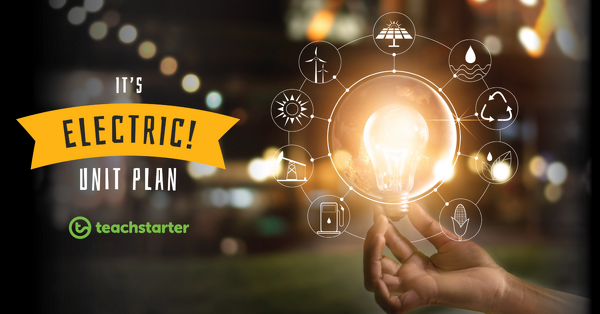
Electricity Explained
An assessment task in which students will demonstrate an understanding of energy transfer and transformation when generating electricity.
- Plus Plan
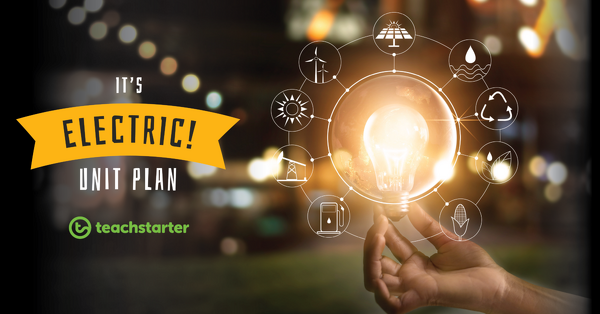
Is It Sustainable? Evaluating Sources of Electricity
A 60 minute lesson in which students will consider whether energy sources are sustainable.
- Plus Plan
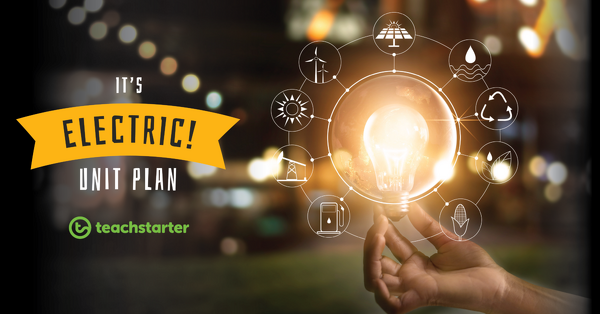
Solar Electricity
A 60 minute lesson in which students will investigate the use of solar panels and determine if they are a viable source of electricity.
- Plus Plan

Transforming Energy Into Electricity
A 60 minute lesson in which students will investigate how moving air and water can turn turbines to generate electricity.
- Plus Plan
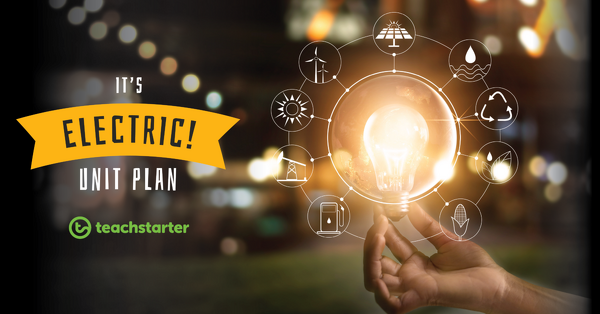
Shine Bright, Electric Light!
A 60 minute lesson in which students will investigate how changes to electrical circuits affect their components.
- Plus Plan

Feeling the Flow - Electrical Conductors and Insulators
A 60 minute lesson in which students will classify objects as conductors or insulators of electricity.
- Plus Plan
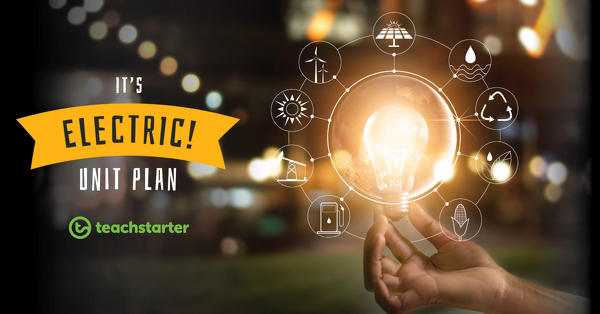
Wired Up! - Building Electrical Circuits
A 60 minute lesson in which students will read and draw circuit diagrams.
- Plus Plan
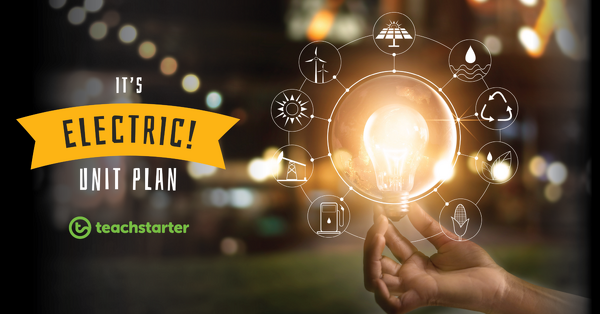
What is Electricity?
- Plus Plan

Light and Shadow - Design an Experiment
An assessment task in which students will demonstrate an understanding of light and fair testing.
- Plus Plan

True Colours
A 60 minute lesson in which students will investigate how the colour of an object depends on the properties of the object and the colour of the light source.
- Plus Plan

In Living Colour
A 60 minute lesson in which students will investigate how the colour of an object depends on the properties of the object.
- Plus Plan

Refracting Light
A 60 minute lesson in which students will observe the refraction of light at the surfaces of different transparent materials.
- Plus Plan

Reflecting Light
A 60 minute lesson in which students will use mirrors to investigate some of the properties of reflected light.
- Plus Plan

In the Shadows
A 60 minute lesson in which students will compare shadows from point and extended light sources.
- Plus Plan

See Light Through Me
A 60 minute lesson in which students will classify objects based on how much light is transmitted through them.
- Plus Plan

Lights Line Up!
A 60 minute lesson in which students will draw simple ray diagrams to show the paths of light from a source to the eyes.
- Plus Plan
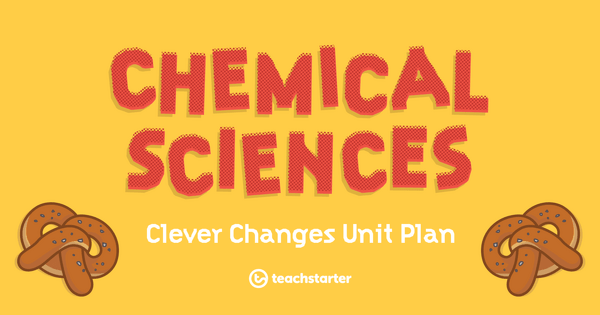
Handy Heating
A 60-minute lesson designed to explain how certain materials change when they are heated.
- Plus Plan

What is Light?
A 60 minute lesson in which students will research the concept of light and generate a list of statements that can be tested.
- Plus Plan
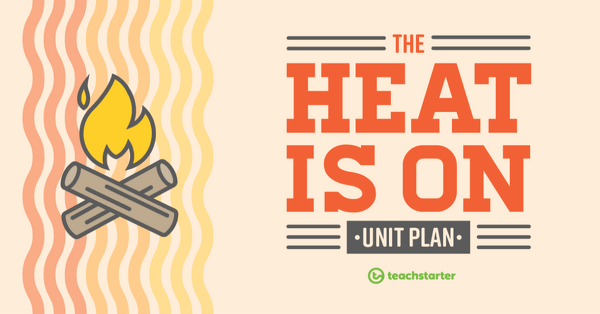
The Heat is On
An assessment task in which students will demonstrate knowledge and understanding of heat energy and how it moves.
- Plus Plan
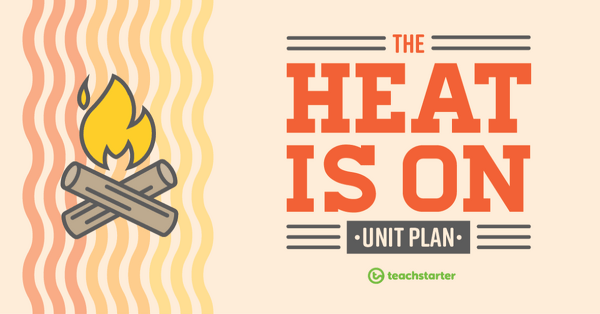
Thermal Insulators - Keeping Out the Heat
A 60 minute lesson in which students will investigate which materials are the best thermal insulators.
- Plus Plan
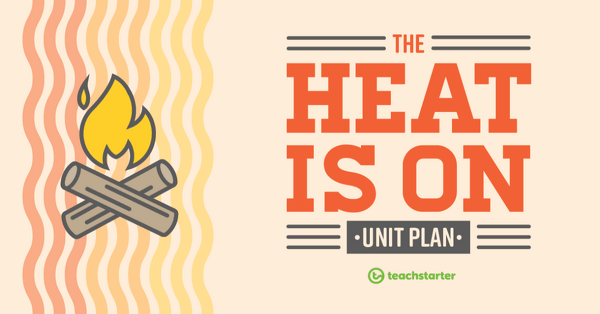
Thermal Conductors - Feel the Heat
A 60 minute lesson in which students will investigate which materials are the best thermal conductors.
- Plus Plan
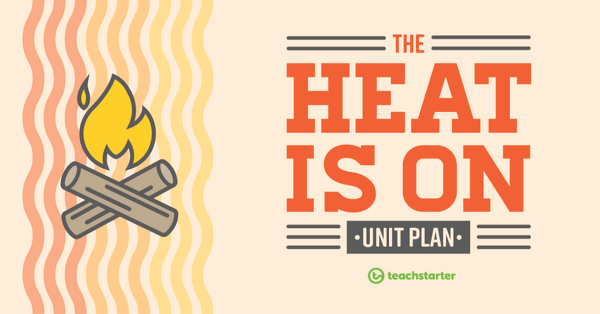
Moving Heat
A 60 minute lesson in which students will explore the concept of heat transference.
- Plus Plan
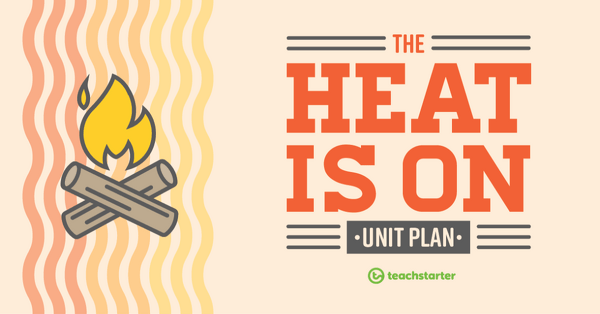
What is Heat?
A 60 minute lesson in which students will explore the concept of heat as a form of energy.
- Plus Plan
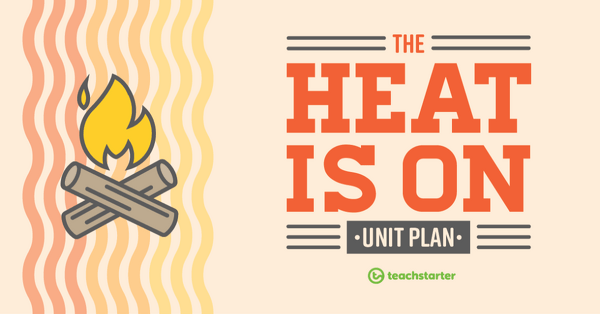
Keeping Warm
A 60 minute lesson in which students will explore prior knowledge and understanding of heat.